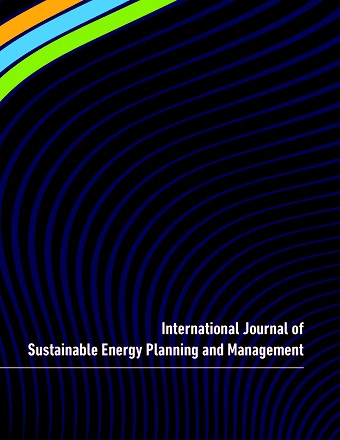Optimal Design of District Heating Networks with Distributed Thermal Energy Storages – Method and Case Study
Main Article Content
Abstract
District heating systems have a great potential for supporting the energy transition towards a renewa-ble energy system, and could also be an option in less dense populated urban districts and rural communities with a medium heat density. In these cases, distributed thermal energy storages at each building could improve the overall system performance by enabling a leaner sizing of the piping sys-tems due to peak-shaving and reducing the heat losses of the distribution grid. But how can distribut-ed storages already be considered within the design of the district heating network itself? And what are the quantitative benefits with respect to the district heating piping system? This paper answers these questions and presents an open-source optimisation approach for designing the piping network of a district heating system. This includes the optimisation of the network topology, the dimensioning of the pipes, and the consideration of distributed storage options. A linear mixed-integer program-ming model with a high spatial resolution including heat storages at each customer has been imple-mented. Within the QUARREE100 project, the approach is demonstrated on a real world case of an existing district with 129 houses in the provincial town Heide in Northern Germany. In the scenario with 1 m³ heat storages, the thermal losses of the district heating network can be reduced by 10.2 % and the total costs by 13.1 %.
Article Details
Articles published in International Journal of Sustainable Energy Planning and Management are following the license Creative Commons Attribution-NonCommercial-NoDerivs 3.0 Unported (CC BY-NC-ND 3.0)
Authors retain copyright and grant the journal right of first publication with the work simultaneously licensed under a Creative Commons Attribution License: Attribution - NonCommercial - NoDerivs (by-nc-nd). Further information about Creative Commons
Authors can archive post-print (final draft post-refereering) on personal websites or institutional repositories under these conditions:
- Publishers version cannot be stored elsewhere but on publishers homepage
- Published source must be acknowledged
- Must link to publisher version

